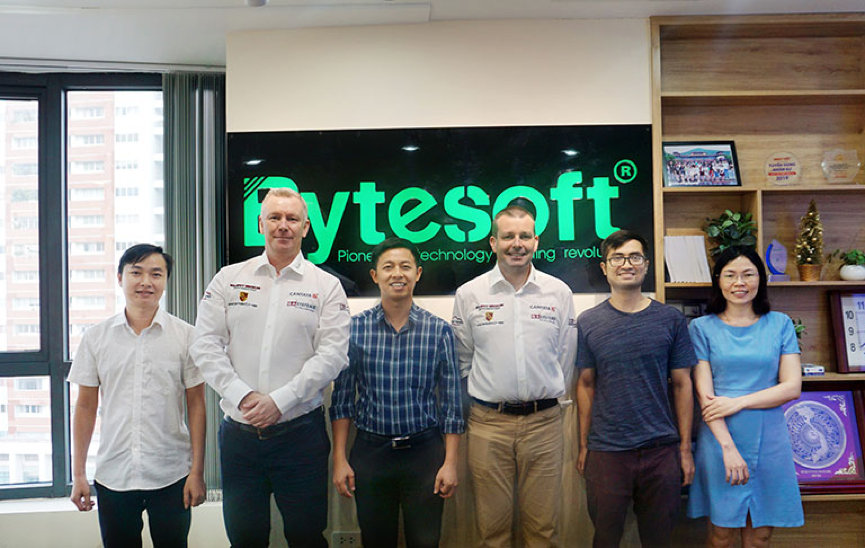Basically, blockchain is a decentralized online accounting ledger that records all transactions of a particular network over a specified period of time. It is protected and encrypted for security. Blockchain was invented by Satoshi Nakamoto in 2008 after the world economic crisis. Unlike centralized database, blockchain is decentralized, making it hard to be attacked.
See also: Blockchain Technology
In 2008, Satoshi introduced a digital currency called Bitcoin, which was not controlled by any central government or financial institution. Bitcoin has somehow solved the global financial crisis. Unlike fiat currencies, Bitcoin cannot be copied or stolen.
In addition, electronic money employs a protective algorithm called Proof-of-work, which ensures that nothing could be copied because it is infeasible to calculate. Hash function is also used to ensure the immutability of the ledger.
4 basic features of Blockchain
1. Immutability
Blockchain is automatically checked every 10 minutes. Each piece of information added after self-examination is called a block.
Each node of the network will have a copy of the current data; therefore, the transparency is committed and the data is immutable because in order to modify a piece of information, it must be modified in all nodes of the network, which is impossible. In other words, corruption and data attack cannot be done on blockchains.
2. Decentralization

Blockchain is a decentralized technology, which means any information stored in it acts as a unit of the whole network. There is no centralized authority; instead, all the information is shared among nodes
Data is controlled by a decentralized network, instead of a central authority. Therefore, the entire network operates on the principle of peer-to-peer or user-to-user. Many organizations such as banks and governments have started using blockchain to keep records. This does not contribute to the better data transparency but also easier traceability.
3. Enhanced security

Unlike vulnerable websites which can be easily attacked despite security password, in a blockchain, data is shared between multiple nodes without any central point, so it cannot be stolen. 
Data is entirely secured thanks to encryption with private and public keys. Public keys are randomly generated as a long string and publicly shared. The private key, on the other hand, is used as a password to access users’ data.
4. Distributed ledger
All stored data is shared multiple times among all nodes of the network. As mentioned above, blockchains self-update every 10 minutes. Information in a blockchain is considered as a shared file.
The shared information is easily verified and accessible for anyone in the network. This also ensures that data cannot be stolen and is synchronized with other files. Most importantly, because there is no central point, the data can not be corrupted or attacked.
See also: What is Blockchain 3.0








